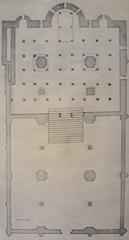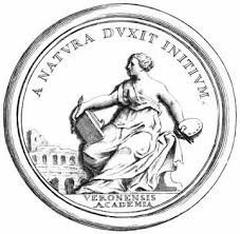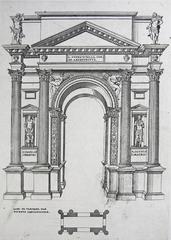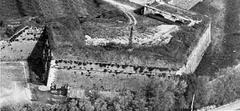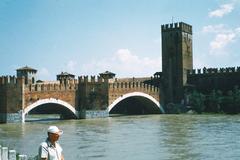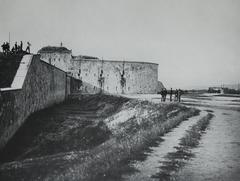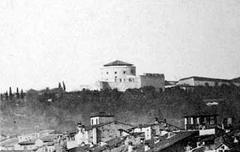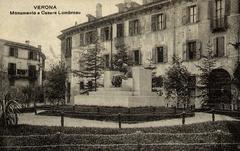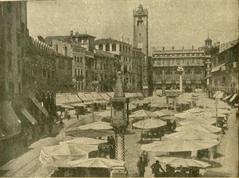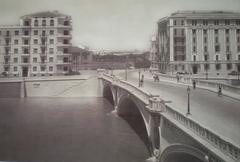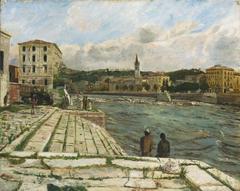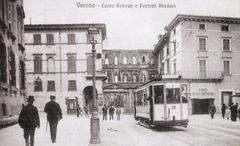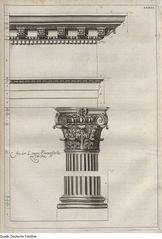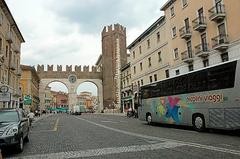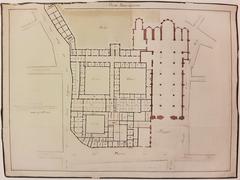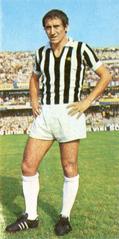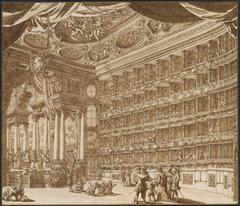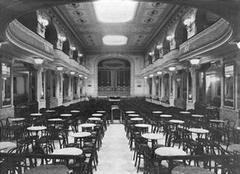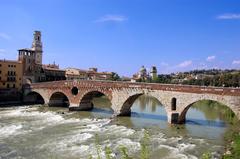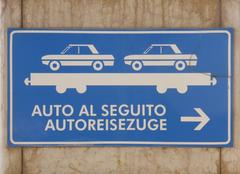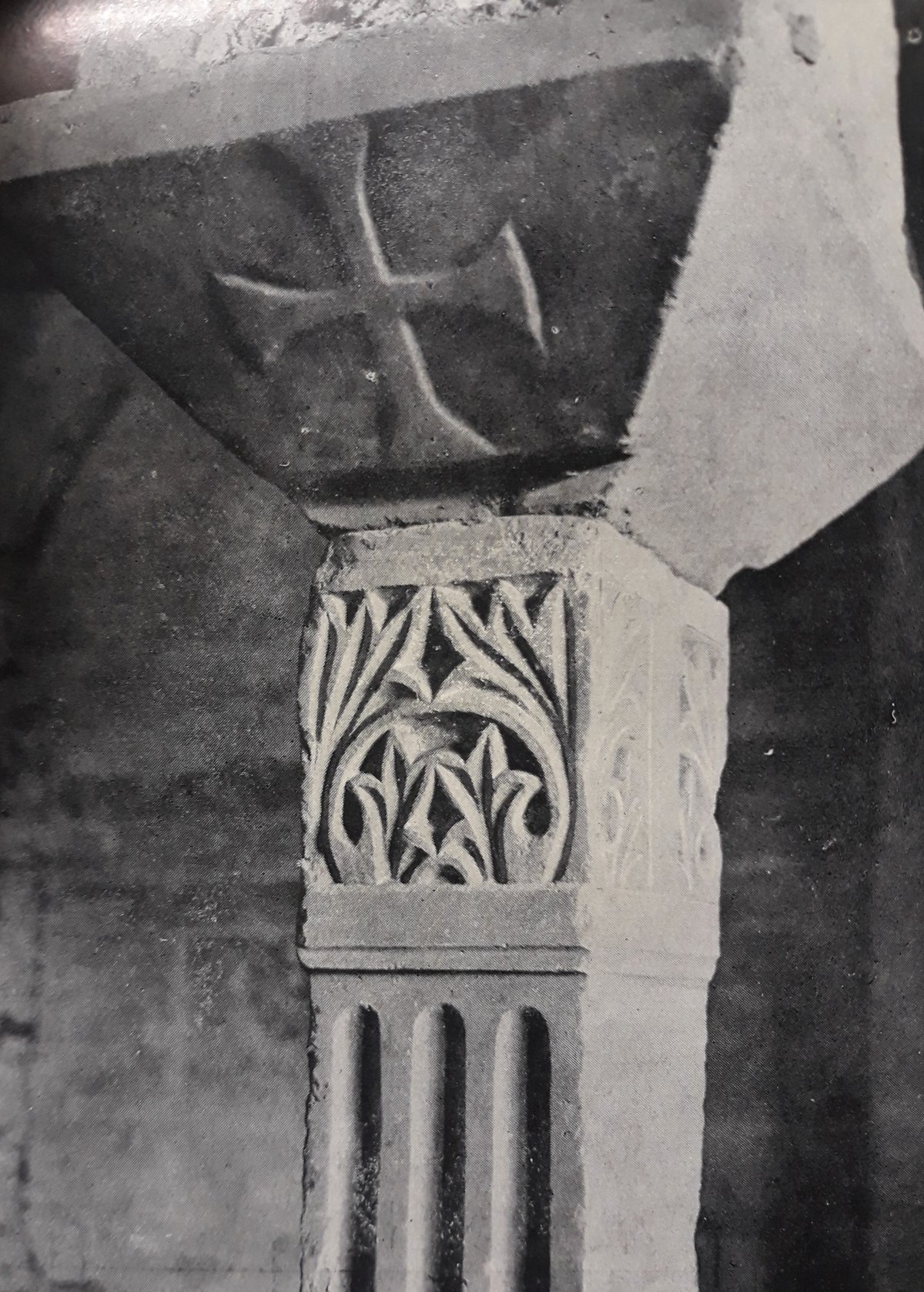
Basilica of San Zeno Verona: Visiting Hours, Tickets, and Historical Sites Guide
Date: 14/06/2025
Introduction
Located in the heart of Verona, Italy, the Basilica of San Zeno Maggiore stands as one of Northern Italy’s most remarkable Romanesque monuments. Famed for its architectural harmony, spiritual significance, and artistic treasures, the basilica is dedicated to Saint Zeno, Verona’s patron saint. Visitors are captivated by its iconic rose window—the “Wheel of Fortune”—imposing bronze doors, medieval frescoes, and the crypt housing Saint Zeno’s relics. This guide presents comprehensive information on the basilica’s history, visiting hours, ticketing, accessibility, and travel tips to help you make the most of your visit to this historic site (TravelSetu; agriturismo.life).
Contents
- Early Origins and Foundation
- Romanesque Reconstruction and Architectural Evolution
- Bronze Doors: Artistic and Technical Marvel
- Religious and Cultural Significance
- Patron Saint and Local Identity
- Pilgrimage and Celebrations
- Artistic Legacy
- Architectural Features and Highlights
- Façade and Rose Window
- Interior Frescoes and Sculptures
- Crypt and Cloister
- Bell Tower and Abbey Tower
- Visiting Information
- Opening Hours
- Ticketing and Admission
- Accessibility
- Guided Tours and Travel Tips
- Visuals and Maps
- Nearby Verona Attractions
- Frequently Asked Questions (FAQs)
- Conclusion and Visitor Resources
Early Origins and Foundation
The origins of the Basilica of San Zeno date to the 4th century when Saint Zeno, a North African bishop renowned for his humility and miracles, was laid to rest in Verona. His grave quickly became a pilgrimage destination, prompting the construction of a modest early Christian shrine. By the 9th century, a larger church was built to accommodate increasing numbers of pilgrims, but it was later destroyed during the Hungarian invasions in the 10th century (TravelSetu).
Romanesque Reconstruction and Architectural Evolution
The basilica’s current Romanesque form emerged from a major reconstruction following the 1117 earthquake, which devastated much of Verona. Completed in the 12th century, the rebuilt basilica features characteristic Romanesque elements: robust stonework, harmonious arches, and sculpted reliefs. The façade, crafted from tufa and Verona’s pink marble, stands out for its proportions and decorative sculptures, including the renowned rose window attributed to Brioloto de Balneo. These features reflect the basilica’s role as both a spiritual and educational space, conveying biblical stories through art (Nature.com).
The Bronze Doors: Artistic and Technical Marvel
A highlight of the basilica is its monumental bronze doors, dating from the 12th century. These doors are composed of 79 intricately decorated plates, presenting scenes from the Old and New Testaments and episodes from San Zeno’s life. Crafted by multiple workshops, the panels demonstrate evolving artistic styles and technical expertise over several decades (Nature.com). The doors’ richness of iconography and craftsmanship marks them as masterpieces of medieval bronze work (Nature.com).
Religious and Cultural Significance
Patron Saint and Local Identity
The basilica is deeply intertwined with Verona’s identity. Saint Zeno, the city’s eighth bishop and patron, is revered for his role in converting Verona to Christianity and is believed to have performed miracles—including, according to legend, halting the floodwaters of 589 at the church’s doors (agriturismo.life; affittibreviveneto.com). His relics, enshrined in the crypt, continue to attract pilgrims (italia.it).
Pilgrimage and Religious Celebrations
San Zeno’s feast day on May 21 remains a major event, drawing thousands of worshippers and reinforcing the basilica’s role as a spiritual center. The crypt is open for veneration, and the basilica hosts regular liturgical celebrations (agriturismo.life).
Literary and Artistic Legacy
The basilica has inspired artists and writers, including Dante Alighieri, who referenced it in his “Purgatorio”. Its altarpiece by Andrea Mantegna and series of medieval frescoes make it a focal point for art historians and visitors (aleteia.org).
Architectural Features and Artistic Highlights
Façade and Rose Window
The façade, with alternating tufa and pink marble, is celebrated for its balance and warm tones. The rose window, the “Wheel of Fortune,” designed by Brioloto de Balneo, symbolizes the changing nature of human destiny (affittibreviveneto.com).
Interior Frescoes and Sculptures
Inside, visitors discover a nave lined with ancient columns, frescoes depicting biblical and local history, and the distinctive “Laughing St. Zeno” statue—beloved for its gentle, welcoming smile (aleteia.org). The wooden ceiling, shaped like an inverted hull, and the grand Crucifixion painting by Altichiero or his school are additional highlights.
Crypt and Cloister
The atmospheric crypt, supported by slender columns, houses Saint Zeno’s tomb and is a place of quiet reverence. The adjacent Romanesque cloister, with arcaded walkways and sculpted capitals, reflects the monastic life that once flourished here.
Bell Tower and Abbey Tower
The 12th-century campanile (bell tower), rising to 72 meters, and the 13th-century Abbey Tower define the basilica’s profile in Piazza San Zeno, framing the church with their historical presence.
Visiting Information
Opening Hours
- March 1 – October 31:
- Monday–Friday: 9:00 AM – 6:30 PM
- Saturday: 9:00 AM – 6:00 PM
- Sundays & religious holidays: 1:00 PM – 6:30 PM
- November 1 – February 28:
- Monday–Friday: 10:00 AM – 5:00 PM
- Saturday: 9:30 AM – 5:30 PM
- Sundays & religious holidays: 1:00 PM – 5:30 PM
Hours may vary during services or special events; check official updates before your visit.
Ticketing and Admission
- Single Ticket: Adults €4; reduced (students, seniors 65+) €2.50; children under 11 free
- Cumulative Ticket (includes four churches): Adults €8; reduced €7; children under 18 (with two paying adults) free
- Verona Card: €27 (24 hours), €32 (48 hours); includes basilica, museums, and city transport
- Free Admission: Residents, children under 11, religious personnel, press, disabled visitors and their couriers, teachers with school groups, and one group leader per 20 paying visitors
Tickets can be purchased onsite; no reservation needed for individual visitors.
Accessibility
The main nave and cloister are wheelchair accessible, but the crypt and upper presbytery involve stairs and uneven surfaces. Disabled visitors and their couriers receive free admission.
Guided Tours and Travel Tips
- Guided Tours: Available in multiple languages; advance booking recommended for groups
- Audio Guides: Included with the Verona Card, available in six languages
- Dress Code: Modest attire required (shoulders and knees covered)
- Photography: Permitted without flash or tripods
- Visitor Facilities: On-site restrooms, gift shop, and a peaceful cloister for reflection
Arrive early for a tranquil visit, especially on weekdays. Comfortable shoes are recommended.
Visuals and Maps
- [Insert images: “Basilica of San Zeno façade in Verona,” “Wheel of Fortune rose window,” “Bronze doors of San Zeno,” “Interior with frescoes and nave,” “Crypt of San Zeno,” “Romanesque cloister”]
- [Embed interactive map of Piazza San Zeno and virtual tour link, if available]
Nearby Verona Attractions
- Castelvecchio Museum (1 km)
- Arena di Verona (20–25 minutes on foot)
- Ponte Scaligero
- Verona’s historic center
The San Zeno district also offers charming cafes, restaurants, and a weekend market.
Frequently Asked Questions (FAQs)
Q: What are the Basilica’s visiting hours?
A: Hours vary by season; see the schedule above and confirm on the official website.
Q: How much do tickets cost?
A: €4 adults; reduced rates and free options are available.
Q: Is the basilica wheelchair accessible?
A: The main nave is accessible, but the crypt and some areas are not.
Q: Are guided tours available?
A: Yes, book in advance for groups; audio guides are also offered.
Q: Can I take photos inside?
A: Yes, but no flash or tripods.
Q: How do I get there?
A: Piazza San Zeno, 2; bus lines 30, 31, and 91 from the city center or a 25-minute walk from Porta Nuova station. Limited parking nearby.
Conclusion and Visitor Resources
The Basilica of San Zeno Maggiore is a testament to Verona’s enduring spirit, blending faith, art, and history. Its Romanesque architecture, artistic treasures, and sacred relics offer a profound experience for every visitor. For up-to-date information, guided tours, and special events, download the Audiala app and follow us on social media. Begin your journey into Verona’s rich heritage at this iconic landmark.
Sources and Further Reading
- TravelSetu
- agriturismo.life
- winedharma.com
- aleteia.org
- italia.it
- affittibreviveneto.com
- Nature.com
- chieseverona.it
- chieseverona.it Visit Info
- european-traveler.com
- italyscapes.com

